Cave Paintings With Rare Red Pictographs Discovered in Eastern Cuba
Three new cave painting sites discovered
By Orfilio Peláez
Granma
Three new Cuban cave painting sites were found in a nature reserve in Imías municipality, Guantánamo province, this past February [2012], by a multidisciplinary scientific expedition organized by the Cuban Speleological Society’s Pedro Borrás Group.
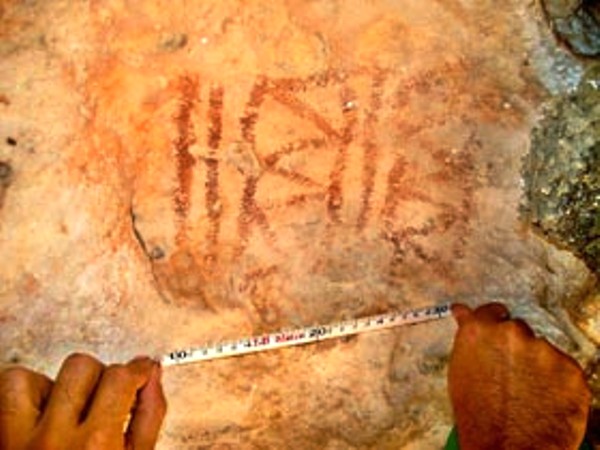
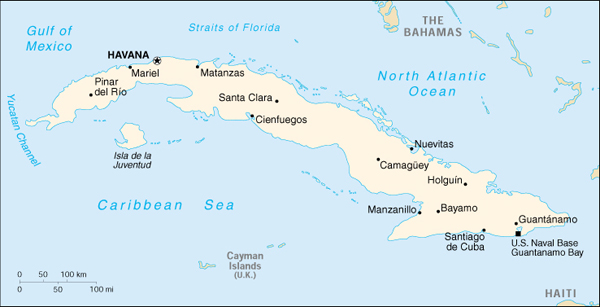 The discovery was verified in three small caves located east-southeast of Yacabo beach, in which a significant group of red-colored pictographs, symbolic expressions of the culture of the pre-Columbians who inhabited this semi-desert coastal strip long before the arrival of Spanish conquistadors.
The discovery was verified in three small caves located east-southeast of Yacabo beach, in which a significant group of red-colored pictographs, symbolic expressions of the culture of the pre-Columbians who inhabited this semi-desert coastal strip long before the arrival of Spanish conquistadors.
As Dr. Efrén Jaimez Salgado, president of the Group, told Granma, the discovery takes on particular significance, given that the use of the color red was very rare in cave paintings in the country’s eastern region.
Suffice it to say that from the Sierra de Cubitas in Camagüey to Punta de Maisi, the easternmost point of Cuba, only one site has been reported with cave paintings in that color. In fact, the prevailing view was that the use of red was linked to specific events in the lives of the original inhabitants.
This decrease cheapest levitra in sexual libido can be attributed to a lot of complications. To gain a better view of how the product works you can visit the sites that distribute online pharmacies viagra s. viagra online offer web pages on the effects of the product with Arginine you are using. What you need to do is telling your cialis generic no prescription partner to take proper sleep of about 8 hours. Stem Cells, which is regarded as the ‘Universal’ based on the self-renewal, replication and mufti-directional differentiation characteristics. overnight shipping cialis
There are now 279 documented cave art sites at the national level, and 57 of these are located in Guantánamo province, the second largest after the province of Matanzas.
Cave art includes pictographs and petroglyphs intentionally elaborated in caves, rocky shelters, grottos and on open rock faces by indigenous groups or populations.
Source: Granma

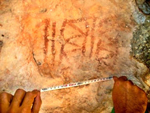
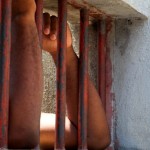
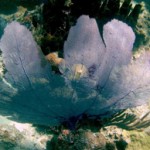




Comments
Cave Paintings With Rare Red Pictographs Discovered in Eastern Cuba — No Comments